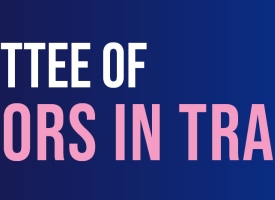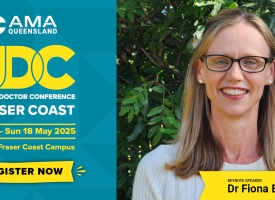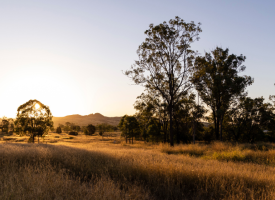AMA says 'boom or bust' decision-making not the answer to medical workforce shortage
The AMA has said while it welcomes the contribution of the Go8 to the current debate over medical workforce supply, more medical school places doesn’t necessarily mean more doctors where they are needed.

The AMA has said while it welcomes the contribution of the Go8 to the current debate over medical workforce supply, more medical school places doesn’t necessarily mean more doctors where they are needed.
The Go8’s call for 1000 extra Commonwealth-supported medical school places is premature, and potentially diverts funding away from where it is desperately needed.
AMA President Dr Omar Khorshid said while medical workforce shortages, including of specialist and GP services, are having a real impact on patients in some parts of the country, a return to a boom/bust approach to medical workforce decisions was not the answer.
“Australia has increased medical school intakes dramatically over the last 15 years and now graduates medical students at a rate well above the OECD average. For example in 2019 in Australia there were 15.9 medical graduates per 100,000 inhabitants, compared to the UK with 13.1, Canada 7.1, and the USA 8.1.
“Unfortunately, Australia is not doing enough to encourage these record medical graduate numbers to work in the locations and specialties where they are most needed, and this is where most policy effort should be focused.
“The Go8 report gives this very little attention and its upfront call for 1000 extra medical school places is lazy policy that ignores the need for proper medical workforce planning to inform how these shortages should be addressed,” Dr Khorshid said.
Dr Khorshid said Australia can deliver much better patient access to medical services right now by looking more closely at opportunities to bolster prevocational and specialist training places around the country. He said the AMA has set out a comprehensive strategy for this including:
- Promoting a career in general practice by growing prevocational training opportunities in general practice and improving employment conditions for General Practice Registrars so they match their hospital-based colleagues.
- The expansion of the Commonwealth Government’s Specialist Training Program (STP) to 1700 places over the next term of Government, giving priority to rural areas, generalist training and specialties that are under-supplied.
- Investment in regional teaching hospitals to ensure they have sufficient capacity to host STP-funded non-GP specialist registrars.
- Implement the National Rural Generalist Pathway nationally, and a commitment to ongoing funding.
- Encouragement of end-to-end rural medical training programs, with a view to ensuring they provide positive rural exposure and lead to retention of rural medical practitioners.
- Expansion of capacity for remote learning (training and educational opportunities, especially for trainees in regional/rural sites, and potential remote supervision); and
- Promotion of regional training and research teaching hospital hubs to grow non-GP specialist capacity outside metropolitan areas.
Dr Khorshid said the AMA’s policy proposals were comprehensive and dealt with medical workforce shortages with the detail required.
“Australia now has a National Medical Workforce Strategy. We agree with the Go8 that this must be funded and implemented as a matter of urgency, with data driven medical workforce supply and demand modelling being an urgent priority. If these processes recommend changes to medical school intakes, we should follow them.
“ Medical training does not stop when someone graduates from medical school with several years of prevocational and specialist training beyond. If Australia is to increase medical student numbers, it must be based on planning that includes consideration of the whole medical training pipeline from medical school through to College Fellowship.”



